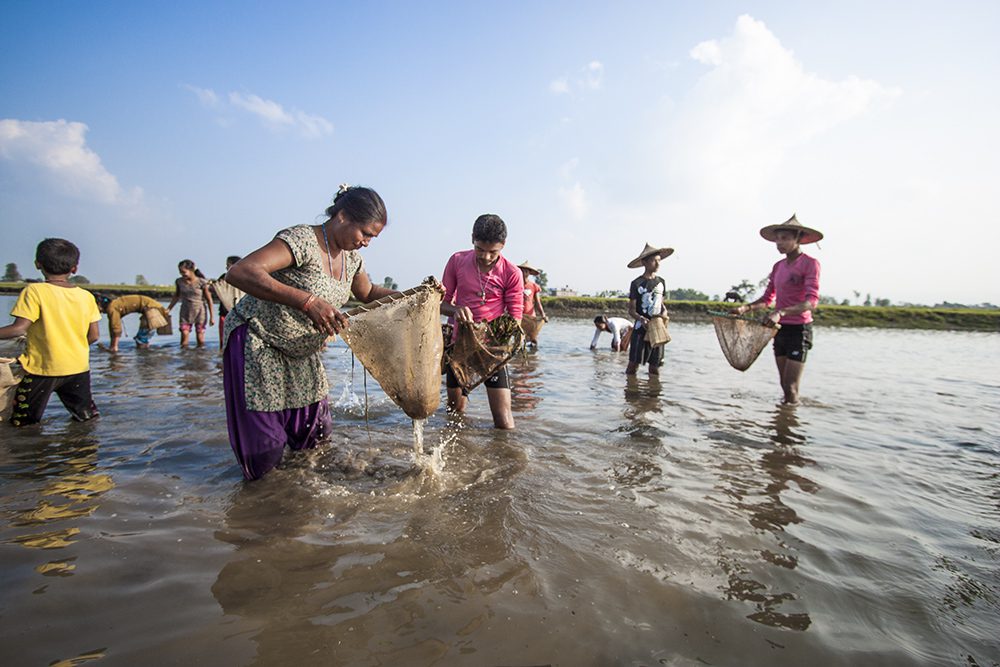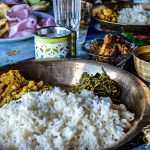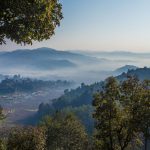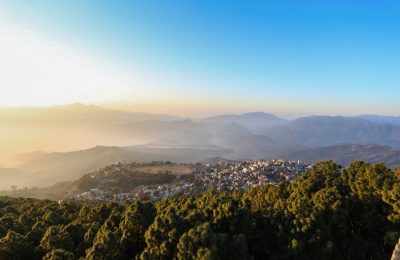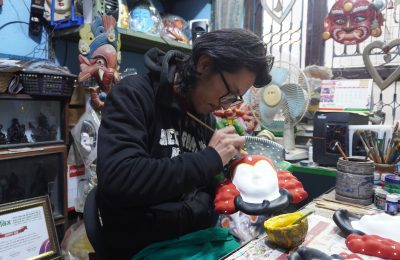While Chitwan and Bardiya national parks often draw travelers looking for rhinos, tigers and elephants, one of the most rewarding experiences in these destinations can be getting to know the Tharu culture and their communities.
An indigenous people who mostly live in the Terai region in southern Nepal, the Tharu are originally thought to be descendents of Rajasthani royalty from India. There are many subgroups (culturally and linguistically), but they have successfully preserved much of their culture and traditions and often live close to the land, as farmers, hunters and fisherwomen.
Connecting with the Tharu people and exploring the Terai region through their eyes is now possible through several homestay experiences.
Barauli
While many travelers stay in Sauraha outside of Chitwan National Park, Barauli is a small village where many of the Tharu women welcome guests to supplement their family’s incomes. Local women guide guests on jungle walks or bicycle rides to explore the village, learn about the lifestyle and local agriculture, as well as watch villagers fishing on the river. Guides from the village know the habits of local wildlife the best and offer Jeep safaris through the park or canoe rides on the river. Don’t miss the chance to see several traditional dances performed by locals in customary costumes or join a cooking class to learn how to prepare local specialties, such as snails.
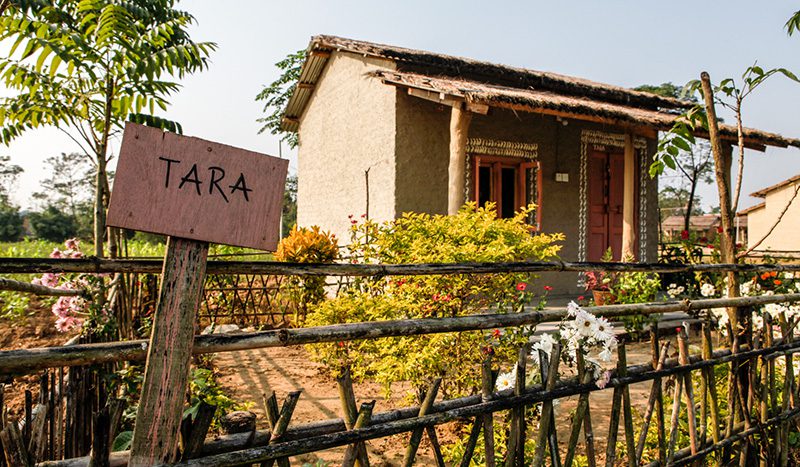
Tharu styled huts in Barauli Community Homestay. Photo: Tashi Sherpa
Tharu
Also outside of Chitwan, the Tharu Community Homestay offers more local experiences and a chance to blend in with local families. Guests stay in traditionally built huts made of mud, clay and grass, and rooms are decorated with traditional art. In addition to wildlife viewing in the national park with local families, guests may try their hand at fishing the old fashioned way — with nets. Villagers also share traditional dances and costumes with guests.
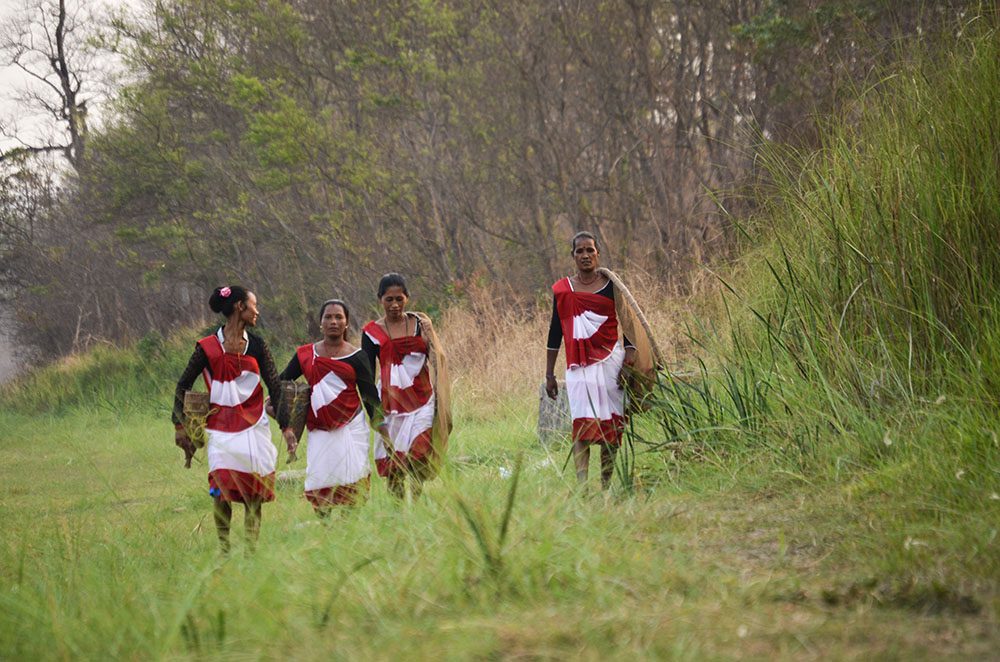
Indigenous to Chitwan, Tharu Women going for fishing in genuine style.
Piprahar
Close to both the sacred Narayani River and the Devchuli and Barchuli hills, this Tharu village allows guests to learn even more about local customs and religious celebrations. Villagers perform dances and songs for guests as a cultural program. Walking in the Tharu people’s ancestral forest and into Chitwan National Park with a local guide is one of the best ways to learn about the local flora and fauna.
Bardiya
Miss Nepal 2011, Sadicchya Shrestha, with the support of the World Wildlife Fund Nepal, founded this community homestay in the village of Dalla, a traditional farming community and home to the Danguara Tharu people. (A different subgroup than the Tharu people living close to Chitwan, they speak a different language and have other varying cultural traditions.) Located near Bardiya National Park, one of the best places to see Bengal tigers, local guides will take guests into the park to see not just tigers, but more than 30 other species of mammals and 250 species of birds.
Of course, the Tharu people live across the Terai region, and guests can combine a number of village stays to meet those in other areas.
Rana Tharu
A farming village near Suklaphanta National Park, the Rana Tharu people are another Tharu subgroup with their own language and cultural traditions. Learn more about the village lifestyle on a walk with local hosts or through a cultural dance program. The Rana Tharu people wear colorful, embroidered clothes, often created by piecing together left-over fabrics. Guests can also explore the national park with locals, looking for wild boar, tigers, leopards, rhinos, elephants and more.
Bhada
This scenic country village is just 10 kilometers from Behada Baba Temple, a pilgrimage site and one of the most significant temples in the Far Western region. While villagers live a peaceful life as farmers, they welcome guests into their homes to supplement their incomes. Local women share their traditional dance and dress. Guests can also take a bullock cart ride with their hosts to explore the countryside and watch locals fish for carp in Koirahi Lake.
No matter where travelers meet the Tharu people, it’s sure to be the most memorable and unique experience of their trip.


